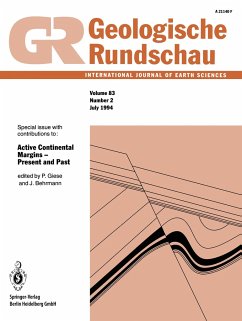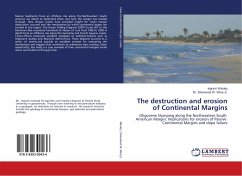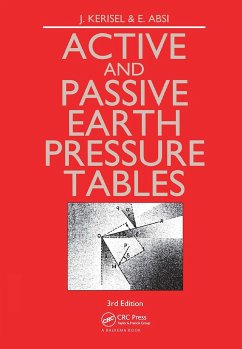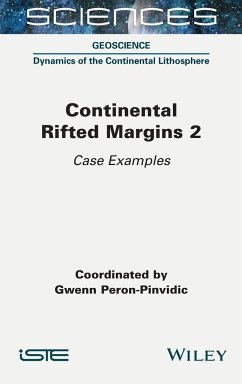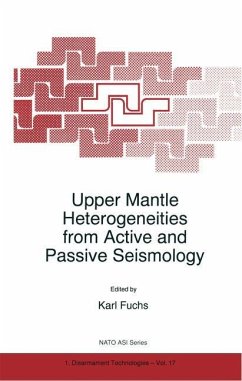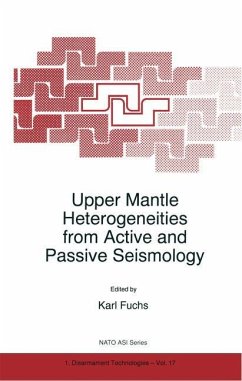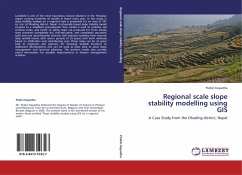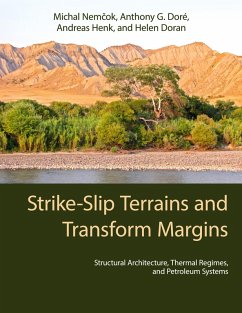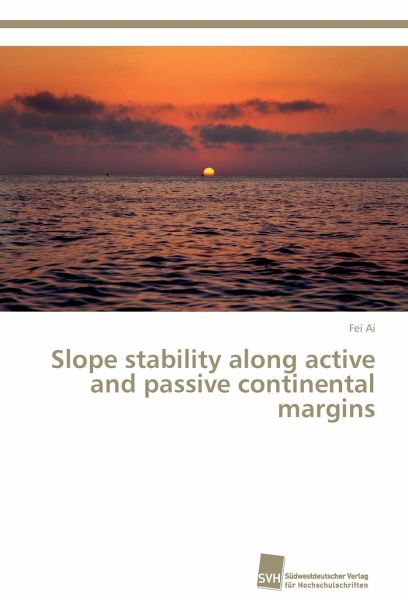
Slope stability along active and passive continental margins
Versandkostenfrei!
Versandfertig in 6-10 Tagen
45,99 €
inkl. MwSt.

PAYBACK Punkte
23 °P sammeln!
Submarine mass movements are widespread at submarine slopes and play an important role in transporting sediments across the continental slope to the deep basin, as well as potential danger to both offshore infrastructures (e.g., pipeline, cables and platforms) and coastal areas (e.g., slope failure-induced tsunamis). This thesis investigates preconditioning factors and triggering mechanisms governing slope instabilities of three distinct submarine landslides areas in passive and active continental margin settings. Geotechnical properties of sediments are used for infinite slope stability of un...
Submarine mass movements are widespread at submarine slopes and play an important role in transporting sediments across the continental slope to the deep basin, as well as potential danger to both offshore infrastructures (e.g., pipeline, cables and platforms) and coastal areas (e.g., slope failure-induced tsunamis). This thesis investigates preconditioning factors and triggering mechanisms governing slope instabilities of three distinct submarine landslides areas in passive and active continental margin settings. Geotechnical properties of sediments are used for infinite slope stability of undeformed sediments under various conditions (undrained and drained, each static and earthquake conditions) to identify the preconditioning factors and quantify the influence of earthquakes as a key factor in slope failing mechanisms. The three distinct case studies are located at: (1) the passive continental slope of Uruguay and north of Argentina, (2) the low seismic and tectonically activeGela foreland basin, central Mediterranean continental margin, and (3) the moderate seismic and tectonically active back-arc basin, deeper slope of the Ligurian margin, Southern France.



